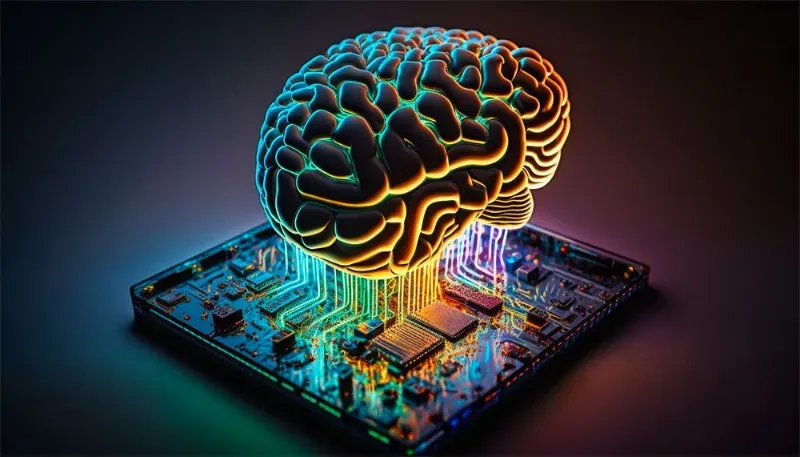Context:
Recently, researchers at the Indian Institute of Science (IISc) have developed a Neuromorphic analog computing platform capable of storing and processing data similar to the human brain.
More on the news
- This platform is capable of storing and processing data in an astonishing 16,500 conductance states within a molecular film, which is much greater than the existing traditional digital computing platform that operates on the binary states of 0 and 1.
- Conductance states in data storage and processing refer to the ability of a material or system to conduct electricity at different levels.
- Such a platform could potentially bring complex AI tasks, like training Large Language Models (LLMs), to personal devices like laptops and smartphones, thus taking us closer to democratising the development of AI tools.
- The platform drastically cuts down both the time and energy involved in matrix multiplication (core of most AI algorithms), making these calculations a lot faster and easier.
- The Ministry of Electronics and Information Technology, is now supporting the IISc team for developing a fully indigenous integrated neuromorphic chip.
Significance of the research
- The researchers believe that this breakthrough could be one of India’s biggest leaps in AI hardware, putting the country on the map of global technology innovation.
- In the context of the India Semiconductor Mission, this development could be a game-changer for India’s Semiconductor Mission revolutionising industrial, consumer and strategic applications.
Neuromorphic Computing

- It is a method of computer engineering in which elements of a computer are modelled after systems in the human brain and nervous system.
- In simple terms, it tries to mimic how neurons (the brain’s cells) work together to process information.
- Instead of using traditional computer methods (like ones and zeros), neuromorphic computing uses networks of “artificial neurons” and “synapses” to learn and solve problems in a more brain-like way.
- The term refers to the design of both hardware and software computing elements. Neuromorphic computing is sometimes referred to as neuromorphic engineering.

